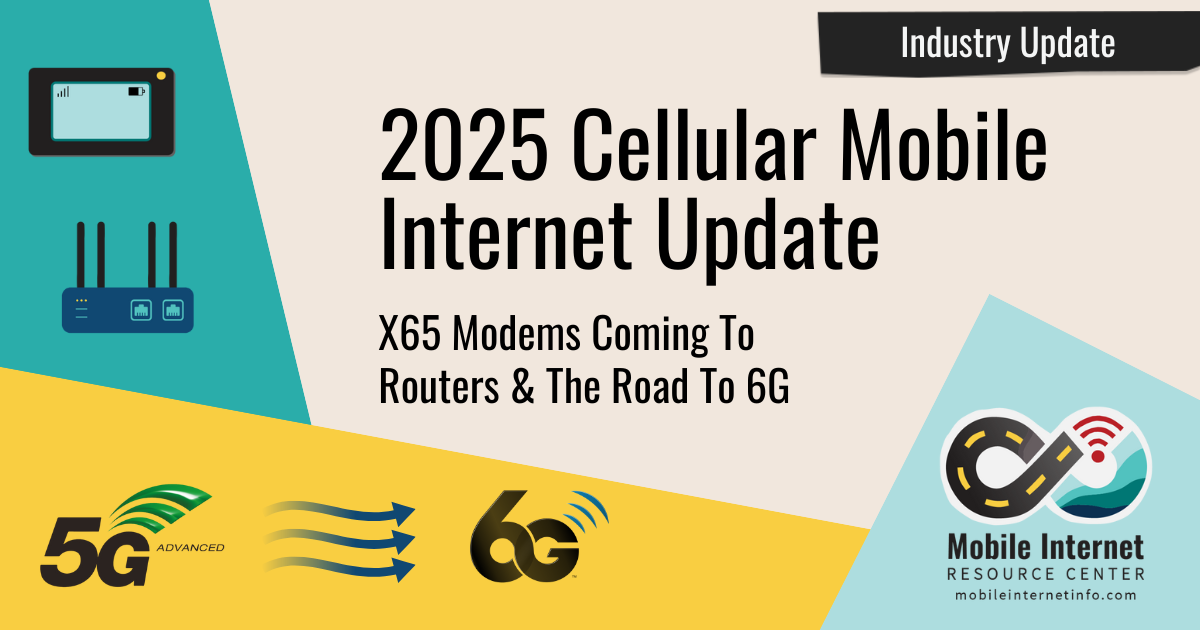Wireless evolution in the U.S. is reaching a pivotal moment. With the nationwide rollout of 5G‑Advanced (Release 18) and satellite-to-smartphone connectivity entering deployment, American mobile users are poised for transformative improvements in speed, coverage, and reliability. Here’s a deep dive into what those services offer, how carriers are deploying them, and how users can benefit.
1. 🔂 5G‑Advanced Launch: A New Era of Wireless
What is 5G‑Advanced?
5G‑Advanced—or Release 18—is the next iteration of 5G under 3GPP standards, introducing:
- Multi-gigabit download (up to ~10 Gbps) and 1 Gbps uplink, along with better spectral efficiency
- Ultra-low latency, improved network slicing for specialized use, AI-powered RAN/coordinated traffic, and high-precision positioning.
- Non-terrestrial network support, paving the path for satellite‑network integration alongside terrestrial systems
Real-world rollout
- T‑Mobile hit a major milestone: full nationwide coverage of 5G‑Advanced, bringing faster, more consistent experiences to consumers and businesses
- Other carriers are ramping up, although 5G‑Advanced tends to build on existing standalone (SA) 5G networks, which have previously seen slower deployment
2. ℹ️ What This Means for Consumers
Speed & Performance
Expect download speeds in gigabits per second, with uplinks reaching 1 Gbps for uploads—and more consistent performance for streaming, video conferencing, and cloud tasks .
Lower Latency
Latency drops below 10 ms, benefiting real‑time gaming, AR/VR, and real-time remote work .
AI‑Enhanced Services
Networks now use AI and ML for resource allocation, traffic prediction, and self-healing traffic management, improving reliability
Specialized Connectivity
Network slicing lets providers create virtualized “lanes” for dedicated use—industry, autonomous cars, public safety, and event-specific connectivity .
Expansion to New Use Cases
5G‑Advanced supports IoT, drones, remote surgery, and autonomous systems with better timing, reliability, and precision positioning, thanks to advanced timing and core enhancements
3. 🌍 Satellite-to-Smartphone: Extending Coverage
Existing & Emerging Services
- Emergency texting via satellite is already active on iPhone 14/15/16 and Pixel 9, using Globalstar and Skylo’s networks for SOS messages
- T-Mobile and Starlink have begun beta satellite texting, expanding to voice and limited data by the end of 2025—built to work with any unmodified LTE phone
- Verizon and AT&T, partnering with AST SpaceMobile and Lynk Global, have started satellite texting on Galaxy S25 and Pixel 9 with plans to enable two-way voice and data
Technology behind the scenes
These services use non-terrestrial networks (NTN) officially built into Release 18, allowing direct satellite-to-phone use on standard hardware

4. 🚀 User Experience: What to Expect
Emergency Messaging
Satellite texting works outside coverage areas—lakes, deserts, remote trails—without needing special apps or hardware. Most providers support SOS texting to 911 and emergency contacts
Voice & Data Coming Soon
Beta services support:
- Voice calls via satellite expected late 2025 (Starlink/T-Mobile, Verizon/AT&T)
- Low-speed data (e.g., limited browsing); ideal for SOS but not high-bandwidth tasks .
Consumer Experience
Expect slower speeds than terrestrial 5G, with potential delays and limitations on indoor/in‑forest use. Satellites cover clear-sky conditions best
Coverage Cost
- T‑Mobile offers satellite texting free for Go5G Next users or $15/month for others
- Verizon satellites available for Galaxy S25 and Pixel 9 users, with carrier fees likely
- AST SpaceMobile, Lynk, and Skylo aim to enable large-scale consumer and IoT use—but spectrum and cost remain limiting factors
5. 🌐 Broader Industry & Global Impact
Covering the Uncovered
Satellite phones close gaps in rural America, parks, and disaster zones. 350 million globally lack broadband coverage; services target those areas
Competition & Ecosystem
- Starlink leads with mid-band PCS on T‑Mobile in the U.S.
- AST targets Verizon & AT&T with larger satellites .
- Lynk’s smaller LEO cubesats aim for global constellations by 2025 with partners like SES
- Skylo uses 3GPP standard systems for IoT and SMS integration, partnering with device makers
6. 🛑 Challenges Ahead
Bandwidth & Spectrum Constraints
Satellite networks deliver modest speeds—best for text, not full broadband. Spectrum is also highly regulated .
Device Compatibility
Phones must support specific satellite bands (e.g., Cat-1) and need firmware that includes it. Carriers and OEMs are negotiating agreements now
Infrastructure Investment
AST’s satellites cost $20M each; constellations require billions, making ROI and service viability challenging
7. 📅 Looking Ahead: 2026 and Beyond
2025 Roadmap
- 5G‑Advanced continues expanding with Release 18 updates; Release 19 due end‑2025
- Satellite voice/data enters early rollout: first US consumer launches expected late 2025.
2026–2028 Horizon
- Full satellite voice and limited data become standard US carrier offerings.
- Coverage expands to include IoT sensors, asset tracking, and low-speed data.
- Industry consolidation expected as satellite operators compete in coverage and service.
8. ✅ Final Takeaways: What This Means for You
- Stay connected in the wild: Satellite text and voice via your phone become viable, no hardware needed.
- Upgrade in 2025: Consider a compatible device (iPhone 14+/Pixel 9/S25).
- Explore new plans: Carriers will offer tiered satellite options; check for free or added‑cost plans.
- Expect better everywhere: 5G‑Advanced delivers faster speeds, lower latency, AI‑smarts, and connectivity intelligence.
- Know the limits: Satellite has trade-offs (speed, indoor coverage), but it’s a big leap forward from “no signal.”
🚀 Conclusion
The second half of 2025 marks a pivotal shift in U.S. mobile—terrestrial and orbital connectivity are merging. 5G‑Advanced brings unmatched speed, precision, and AI-driven performance, while satellite-to-phone delivers lifeline-grade access beyond cell towers. Together, they provide reliable, near-ubiquitous connectivity—for adventure, safety, work, and innovation.


[…] 8. Famous Voices on Foldable Phones […]